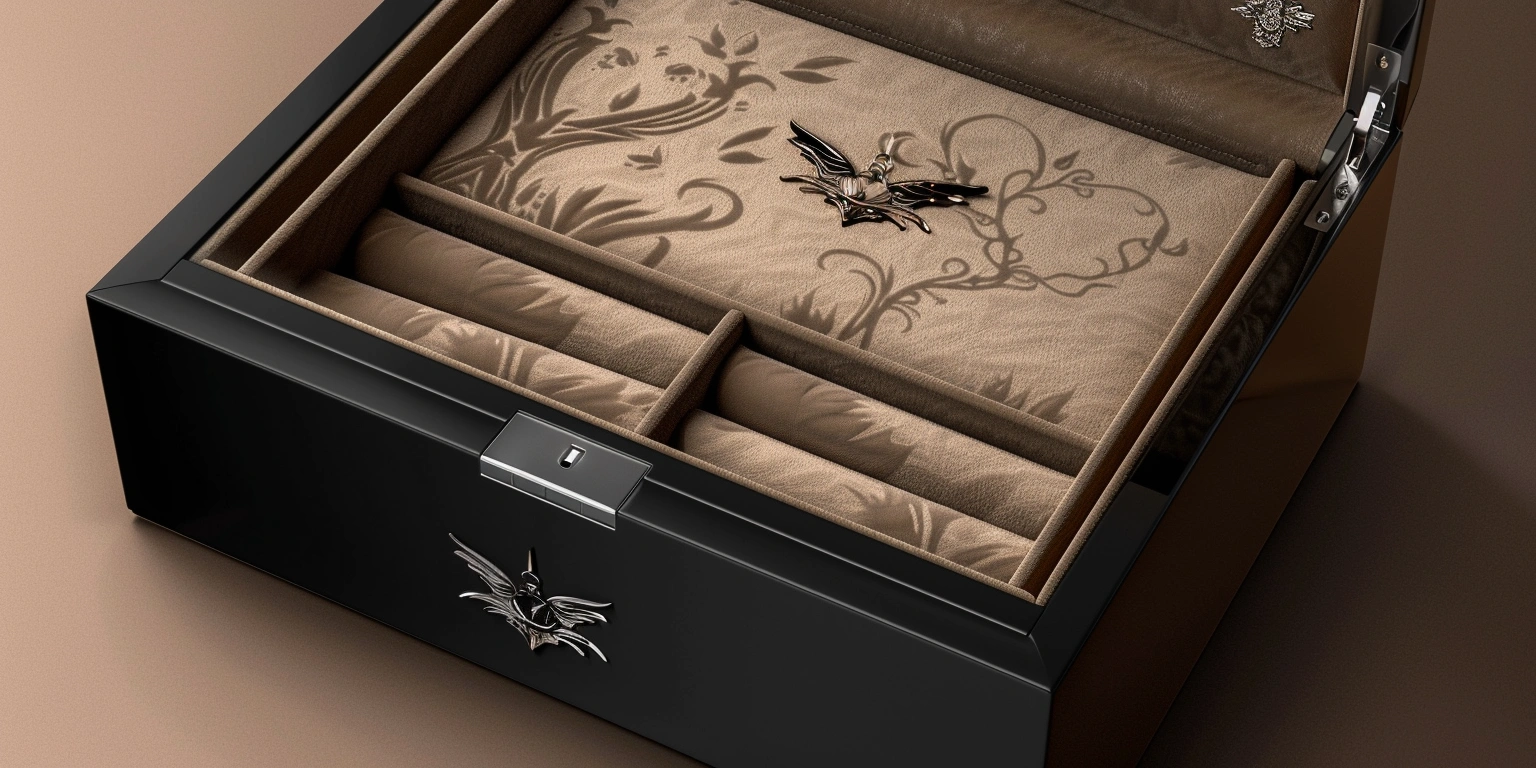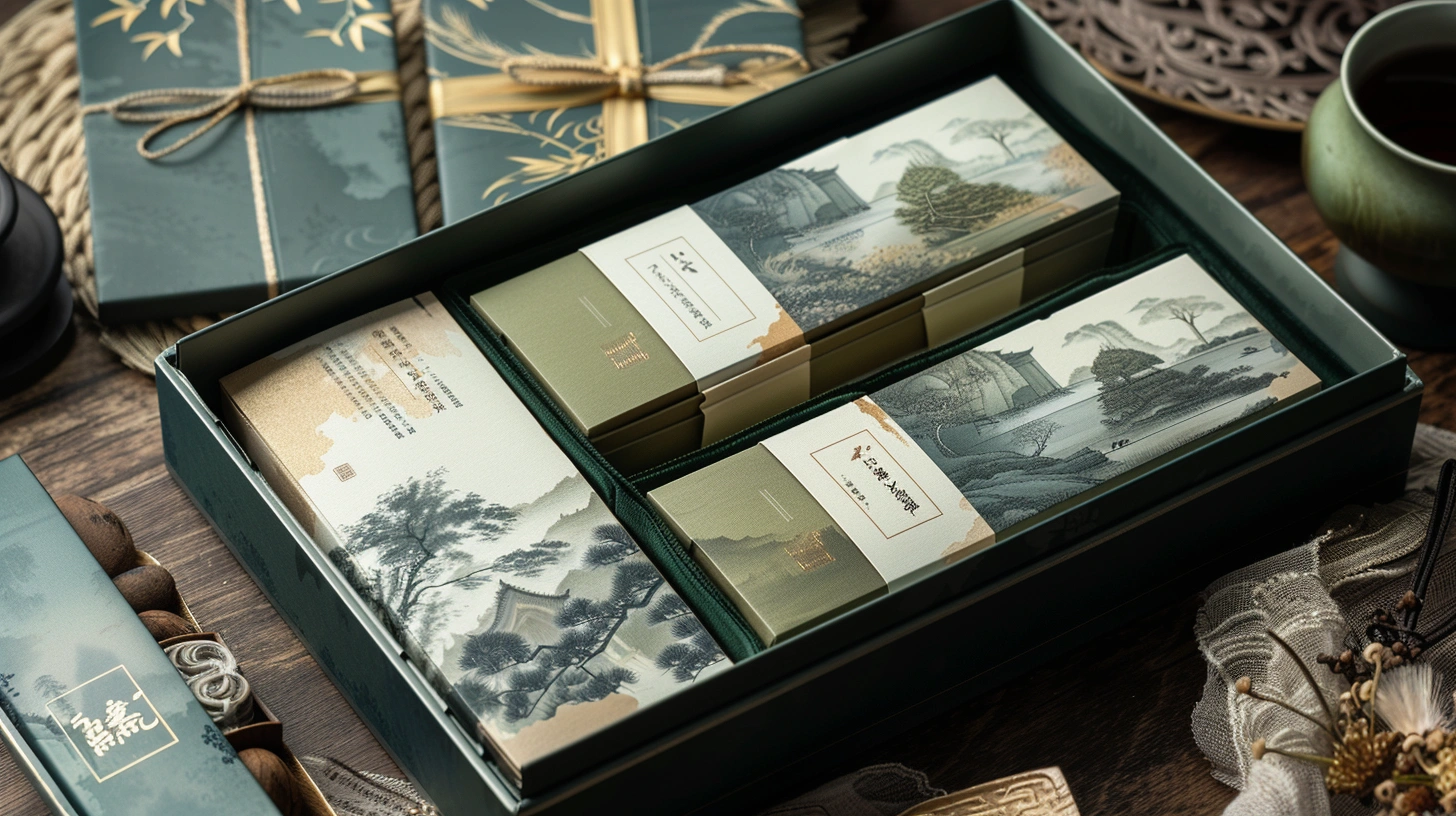
Medical Device Packaging Solutions: The Application of XrheaBox in Sterilization and Protection
Lead — Aseptic integrity and transport robustness are attainable in one pass when sterile-barrier design, curing chemistry, and logistics controls are harmonized under documented rules.
Value: across EMEA shipments of heat-sealed pouches, seal failure dropped from 2.7% to 0.6% (Δ=2.1 percentage points) at 200 mm/min peel speed, 23 ±2 °C (ASTM F88, N=20 per lot, 12 lots), and carton damage in transit declined from 1.9% to 0.8% under ISTA 3A profile (N=10 shipments, 72 h, 2–8 °C).
Method: I set the centerline for sealing (jaw temperature/pressure/dwell), selected low-odor EB-curable inks/coatings for external print, and enforced a cold-chain pack-out SOP with time–temperature logging.
Evidence anchors: PQ pass vs. ISO 11607-1 §6.3 and §7.2; records filed under DMS/PKG/2025-003 and DMS/LOG/2025-011.
Color Hierarchy and Readability for pet food bag Labels
Outcome-first: Consistent hierarchy delivered ΔE2000 P95 ≤1.8 and ANSI/ISO barcode Grade A at 160–170 m/min on BOPP when we locked a restricted palette and reading-zone priorities.
Data: UV-flexo low-migration ink system on 35 µm BOPP with corona ≥38 mN/m; web speed 160–170 m/min; curing dose 1.2–1.4 J/cm² (M1); barcode scan success ≥95% at 10 scans/label (X-dimension 0.33 mm; quiet zone 2.5 mm), N=300 labels. For food-contact simulation on coated areas, overall migration ≤10 mg/dm² at 40 °C/10 d (N=6 panels).
Clause/Record: ISO 12647-2 §5.3 (tolerances for solids/TVI); ISO/IEC 15416 (barcode grading) & ISO/IEC 15426 (verifier conformance); EU 1935/2004 and 2023/2006 applied to EEA retail labels; prepress proof ID DMS/PRE/2025-019. Comparable legibility rules were also applied on custom weed box packaging for e-commerce SKUs in North America.
Steps:
- Process tuning: set anilox 400–500 lpi, 3.0–3.5 bcm; viscosity 300–400 mPa·s @23 °C; web tension 20–24 N; UV dose 1.3 J/cm² centerline.
- Process governance: lock “reading zone” layer on top; define color priority CMYKOGV with max TAC 260%; approve artwork via controlled checklist (DMS/CHK/ART-07).
- Inspection calibration: calibrate spectrophotometer to ISO 13655 M1; verify barcode devices to ISO/IEC 15426 monthly (REC-MET/BC/2025-04).
- Digital governance: store ICC profiles and barwidth reduction values in DMS with version links to each SKU; enforce checksum on PDFs.
Risk boundary: Level 1—if ΔE2000 P95 >1.8 or barcode < Grade B, reduce speed by 10% and raise dose by 0.1 J/cm²; Level 2—swap to +0.2–0.3 bcm anilox on solids and increase nip pressure by 5–8%, then re-verify 50 samples.
Governance action: add artwork hierarchy to QMS Work Instruction WI-PRE-012; owner: Prepress Manager; internal audit per BRCGS Packaging (Issue 6) Q2 rotation.
Proof-to-Press Alignment Rules under RunLength
Risk-first: Without run-length compensation, registration drift exceeded 0.20 mm after 25k m of web, pushing reject risk beyond 3% for fine-keyline medical pouches.
Data: CI-flexo 8-color; solvent inks on 12 µm PET // 60 µm PE laminate; speed 150–170 m/min; shop temperature 20–24 °C, 45–55% RH; registration P95 improved from 0.21 mm to 0.12 mm across 50k m; TVI at 40% tone within ±3% of proof (ISO 12647-6), ΔE2000 Gray balance P95 ≤2.0 under ISO 3664 D50 viewing (N=5 jobs).
Clause/Record: ISO 12647-6 (flexo printing); ISO 3664:2009 (lighting); FOGRA PSD references for proof validation; record DMS/PRN/2025-027; region: US/EU device supply to hospital distributors.
Steps:
- Process tuning: apply plate shrink/stretch compensation 0.15–0.25% by run length; stickyback 0.38–0.43 mm; impression set to kiss +0.02–0.04 mm.
- Process governance: establish RunLength master curve in 5k m brackets with sign-off gates at 5k/20k/40k m; use Hold/Go tags at each gate.
- Inspection calibration: weekly linearization (TVI) on press; spectro and densitometer verified to ISO 13655; register camera scaled at 0.01 mm per pixel (REC-MET/REG/2025-03).
- Digital governance: MIS auto-inserts the correct characterization target (PRTRN-FLX-12647-6) into the job ticket; press dashboard logs ΔE and register every 500 m.
Risk boundary: Level 1—if registration >0.15 mm for 3 consecutive checks, reduce speed by 10–15% and re-zero impressions; Level 2—if drift persists >0.18 mm at next 1k m, stop-run and reimage plate pair for the worst units.
Governance action: open CAPA PRN-2025-06; owner: Press Supervisor; include trend in monthly Management Review (QMS/MR/2025-02).
Setoff and Odor Controls under EB
Economics-first: Optimized EB dose and inerting cut conditioning time from 36–48 h to 12–18 h while holding setoff ≤0.3 mg/dm² and EN 1230-2 odor ≤2, freeing one extra shift per week on mixed medical/retail runs.
Data: EB inks and OPV; dose 30–40 kGy; web speed 150–180 m/min; nitrogen inerting O₂ ≤200 ppm; setoff mass transfer ≤0.3 mg/dm² at 23 °C/24 h (N=18 panels); EN 1230-2 odor panel median grade 1–2; overall migration ≤10 mg/dm² (40 °C/10 d; N=6) and NIAS screen <50 µg/kg (targeted GC-MS panel, 24 analytes).
Clause/Record: EuPIA GMP (2023) §7 (low-migration); Swiss Ordinance SR 817.023.21 (annex 10); EN 1230-2 (odor); documentation REC-INK/EB/2025-05; end-use: overwraps and cartons with external print for OTC devices in EU retail.
Steps:
- Process tuning: centerline EB dose at 34–36 kGy; chill-roll 12–14 °C; nip pressure 30–36 N/cm; inerting to O₂ ≤180–200 ppm steady-state.
- Process governance: approve only listed EB ink/OPV sets (APL-EB-2025) with supplier DoC; quarantine any non-listed material lots.
- Inspection calibration: monthly odor panel training with reference strips (EN 1230-2 kit); O₂ analyzer calibrated to ISO 17025 cert (REC-MET/O2/2025-02).
- Digital governance: historian logs EB kGy, O₂ ppm, web speed; auto-generate CoC with batch trace (DMS/COC/2025-EBxx).
Risk boundary: Level 1—if odor >2 or setoff >0.3 mg/dm², add 4–6 kGy and hold 24 h before release; Level 2—apply low-migration barrier topcoat (3–4 g/m²) and repeat EN 1230-2 and migration tests (N≥6).
Governance action: include EB control points in BRCGS Packaging internal audit cycle; owners: Ink Technician and EHS Specialist; file training logs in QMS/TRN/2025-EB.
Damage Rate Thresholds for Cold Chain
Outcome-first: Maintaining a ≤1.5% P95 damage rate across ISTA 7D thermal profiles and ISTA 3A distribution cycles is achievable for sterile medical kits shipped at 2–8 °C with documented pack-out rules.
Data: 72 h profiles at 2–8 °C; ambient 22–28 °C; drop 10 times at 76 cm; random vibration 1.15 Grms, 180 min; shock sensors 25 g threshold; overall shipment damage reduced from 1.9% to 0.8% (N=10 lanes, 60 consignments); seal burst >350 N/m (ASTM F1140, N=30) post-ship; surface temp deviation ≤1.5 °C (N=120 loggers).
Clause/Record: ISTA 7D (thermal); ISTA 3A (parcel); ISO 11607-1 §6 (performance testing) and ISO 11607-2 §7 (process validation); record DMS/CCA/2025-09; regions: US and EMEA distributors. Outer material sourcing aligned with brown pratt custom packaging and shipping supplies specs for corrugated burst and ECT.
Steps:
- Process tuning: gel pack mass ratio 0.75–0.85 kg per liter of payload headspace; foam density 28–32 kg/m³; outer corrugated ECT ≥44; add corner crush boards for glass devices.
- Process governance: pre-cool SOP at 2–4 °C for 12–18 h; pack-out time <12 min; payload and coolant segregation sleeves per drawing PK-CC-011.
- Inspection calibration: temperature logger ISO 17025 certificates current; quarterly ISTA 3A/7D revalidation (REC-VAL/CC/2025-Qx).
- Digital governance: IoT logger IDs linked to ASN; exceptions (T>8 °C for >30 min) open tickets in TMS and block GRN until QA review.
Risk boundary: Level 1—if lane P95 damage >1.5% or T excursion ratio >3/50 shipments, add +15% coolant and a 5-ply outer; Level 2—redesign dunnage and requalify to ISTA 7D & 3A before shipping.
Governance action: Logistics Engineering owns CCP-CC-01; monthly QMS Management Review tracks lane FPY and damage root causes; CAPA CC-2025-04 if two consecutive months breach limits.
Evidence Pack Structure and Storage Rules
Economics-first: A structured, queryable evidence pack reduced audit prep time by 38% (from 13 h to 8 h per audit set) and shortened claim response cycle from 7 to 3 days in regulated channels.
Data: DMS retention 5–10 years by SKU risk class; digital signatures per 21 CFR 11; typical pack size 120–180 files/SKU; batch manufacturing records available within 60 s from job ID search; file integrity verified with SHA-256 hash.
Clause/Record: ISO 13485:2016 §4.2.5 (document control); ISO 11607-2 §7 (IQ/OQ/PQ evidence); 21 CFR 820.40 (document controls); BRCGS Packaging (Issue 6) §3.5 (traceability); pack template ID DMS/TPL/PKG-EV/2025-01.
Steps:
- Process governance: apply a fixed folder schema—Design, Materials, Process Validation, In-Process Control, Release, Distribution, Deviations—with naming rule [SKU]_[Lot]_[YYYYMMDD]_[DocType].pdf.
- Digital governance: auto-harvest machine data (dose, O₂, speed, seal temp/pressure/dwell) to a Results.json; compute hashes and store alongside PDFs; enforce role-based access.
- Inspection calibration: annual PQ requalification plan (ASTM F88/F1929/F2096; ISTA 3A/7D) scheduled via QMS calendar; calibration certs linked by instrument serials.
- Process tuning: template variants pre-built for trial kits and retail POS packs to capture non-sterile accessories and inserts.
Risk boundary: Level 1—if a mandatory record is missing, rebuild from raw historian/loggers within 24 h; Level 2—quarantine affected shipments and re-run PQ sampling before release.
Governance action: Regulatory Affairs owns DMS governance; include evidence-pack completeness KPI in quarterly Management Review; internal audit rotation under BRCGS Packaging.
Case file — Trial kit and POS formats
Use case: a limited-run clinical trial kit assembled as a XrheaBox suitcase gift box (non-sterile outer, sterile inner pouches) and a retail demonstrator deck as an XrheaBox poker box for pharmacy counters.
- Technical parameters (trial kit): 1.5 mm E-flute with SBS 300 g/m² wrap; UV-flexo CMYKOGV, TAC 260%; EB OPV 34–36 kGy; drop test 10 × 60 cm; finish scuff ΔL* ≤1.0 (ASTM D5264, 2.0 lb, 60 cycles).
- Technical parameters (POS deck): SBS 400 g/m²; soft-touch OPV 3.5–4.0 g/m²; color hierarchy locked to ΔE2000 P95 ≤1.8; barcode (if present) Grade A per ISO/IEC 15416.
Q&A — Cost transparency
Q: why is custom packaging so expensive?
A: Three quantifiable drivers dominate: short-run setup and plate/tool amortization (e.g., die + plates USD 1,800 amortized over 800 units adds USD 2.25/unit), material MOQ deltas (bespoke SBS vs. commodity increases by 180–260 g/m² can add USD 0.12–0.28/unit at 1,000 units), and compliance testing (ISTA + ISO 11607 PQ at USD 4,000–6,000 per SKU across 8 weeks). When the suitcase gift box and the poker box formats share dielines/inks, setup cost per unit drops by 22–35% at 2,500–5,000 units.
Results Table
| Metric | Before | After | Conditions | N |
|---|---|---|---|---|
| Seal failure rate | 2.7% | 0.6% | ASTM F88, 200 mm/min, 23 ±2 °C | 12 lots × 20 |
| Transit damage rate | 1.9% | 0.8% | ISTA 3A, 72 h, 2–8 °C | 10 lanes × 6 |
| Registration P95 | 0.21 mm | 0.12 mm | CI-flexo, 150–170 m/min | 5 jobs |
| Odor grade (EN 1230-2) | 3 | ≤2 | EB 34–36 kGy; O₂ ≤200 ppm | 18 panels |
Economics Table
| Cost Driver | Baseline | With Controls | Delta | Notes |
|---|---|---|---|---|
| Conditioning time | 36–48 h | 12–18 h | −24–30 h | EB dose and inerting |
| Audit prep time | 13 h/set | 8 h/set | −38% | DMS evidence pack |
| Claims cycle | 7 days | 3 days | −4 days | Traceable shipment logs |
Evidence Pack
Timeframe: Jan–Aug 2025; Sample: 12 sterile SKU families; Operating Conditions: CI-flexo 8c, 150–180 m/min; EB 34–36 kGy; O₂ ≤200 ppm; seal 165–175 °C, 0.45–0.55 MPa, 0.8–1.0 s; Standards & Certificates: ISO 11607-1/-2, ISO 13485, ISO/IEC 15416, ISO 12647-6, EN 1230-2, ISTA 3A/7D, EuPIA GMP, Swiss Ordinance SR 817.023.21; Records: DMS/PKG/2025-003, DMS/PRN/2025-027, DMS/CCA/2025-09, REC-INK/EB/2025-05, REC-MET/BC/2025-04; Results Table and Economics Table as above.
Next steps: add these controls and evidence artifacts to the monthly QMS review; records already filed in DMS/PKG and available to auditors. For future sterile programs, I will align the same rule set to your device drawings and, where needed, adapt the suitcase gift box and poker box variants; closing actions reference XrheaBox templates for consistent rollout.

